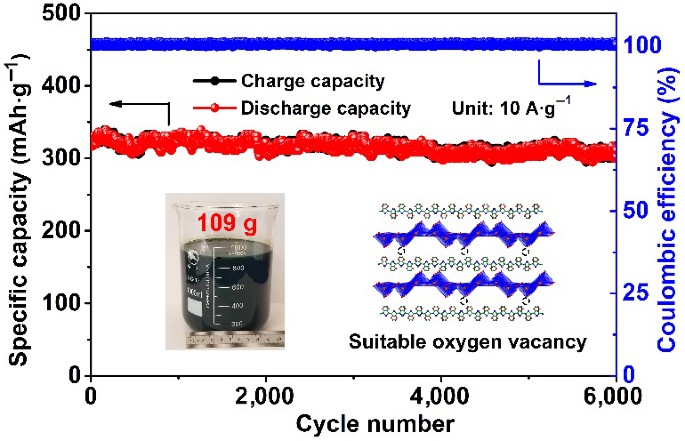The 65.38 value for Zn that you see on the periodic table (atomic mass) is the weighted average of the five isotopes above. So mass number refers to a specific isotope. Atomic Mass (Da): Relative Isotopic Mass:: Neutron Number (N) 38: Atomic Number (Z) 30: Mass Number (A) 68: Nucleon Number (A) 68: Proton Number (Z) 30: Half-life: Stable: Spin: 0: Quadrupole Moment: 0: g-factor (g value) 0: Group: 12: Period: 4: Electron Configuration Block: d: Melting Point (K) 692.68: Boiling Point (K) 1180: Specific Heat: 0.387: Heat of Formation: 130.4. Relative Isotopic Mass:: Neutron Number (N) 40: Atomic Number (Z) 30: Mass Number (A) 70: Nucleon Number (A) 70: Proton Number (Z) 30: Half-life: 3.800E+18: Spin: 0: Quadrupole Moment: 0: g-factor (g value) 0: Group: 12: Period: 4: Electron Configuration Block: d: Melting Point (K) 692.68: Boiling Point (K) 1180: Specific Heat: 0.387: Heat of Formation: 130.4: Thermal Conductivity: 116.
In 77 participants with natural colds, a combination of zinc gluconate nasal spray and zinc orotate lozenges (37 mg zinc every 2–3 wakeful hours) was also found to have no effect on the number of asymptomatic patients after 7 days of treatment.
How many electrons, protons, and neutrons in the #'^67Zn# isotope?

1 Answer
In
Explanation:
Each zinc isotope contains 30 protons, 30 massive, positively charged nuclear particles. That
But the atomic mass is to a first approx. the number of massive particles, neutrons, and protons. We gots 30 protons, and there must 37 neutrons to make up the mass number, and give the
Related questions
Molar mass of Zn = 65.38 g/mol
Convert grams Zn to moles or moles Zn to grams

| Symbol | # of Atoms | Zinc | Zn | 65.38 | 1 | 100.000% |

In chemistry, the formula weight is a quantity computed by multiplying the atomic weight (in atomic mass units) of each element in a chemical formula by the number of atoms of that element present in the formula, then adding all of these products together.
Zinc 65 Mass Number
The atomic weights used on this site come from NIST, the National Institute of Standards and Technology. We use the most common isotopes. This is how to calculate molar mass (average molecular weight), which is based on isotropically weighted averages. This is not the same as molecular mass, which is the mass of a single molecule of well-defined isotopes. For bulk stoichiometric calculations, we are usually determining molar mass, which may also be called standard atomic weight or average atomic mass.
Zinc Mass Number
If the formula used in calculating molar mass is the molecular formula, the formula weight computed is the molecular weight. The percentage by weight of any atom or group of atoms in a compound can be computed by dividing the total weight of the atom (or group of atoms) in the formula by the formula weight and multiplying by 100.
Formula weights are especially useful in determining the relative weights of reagents and products in a chemical reaction. These relative weights computed from the chemical equation are sometimes called equation weights.
Mass Number Of Zinc 65

Finding molar mass starts with units of grams per mole (g/mol). When calculating molecular weight of a chemical compound, it tells us how many grams are in one mole of that substance. The formula weight is simply the weight in atomic mass units of all the atoms in a given formula.
A common request on this site is to convert grams to moles. To complete this calculation, you have to know what substance you are trying to convert. The reason is that the molar mass of the substance affects the conversion. This site explains how to find molar mass.

Atom Of Zinc
Using the chemical formula of the compound and the periodic table of elements, we can add up the atomic weights and calculate molecular weight of the substance.
